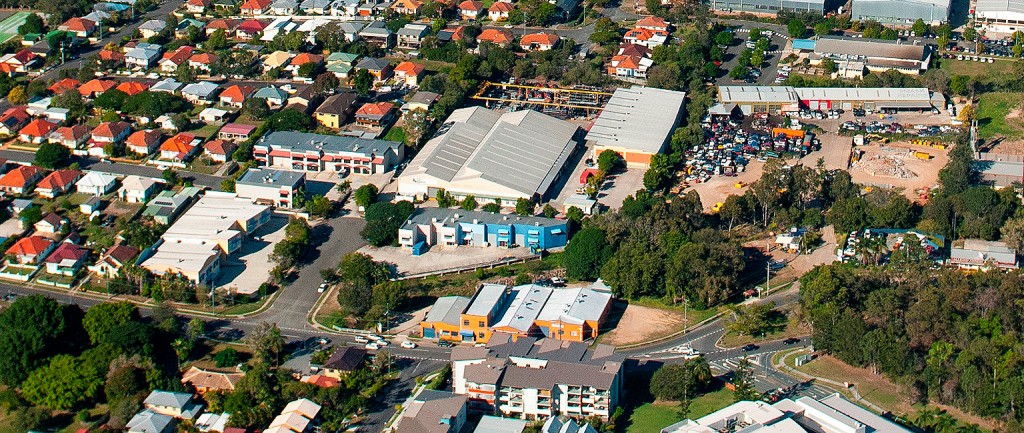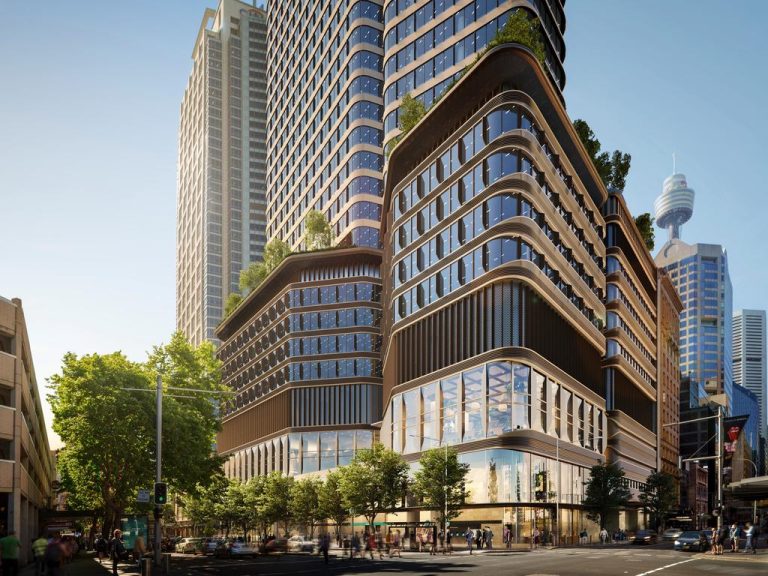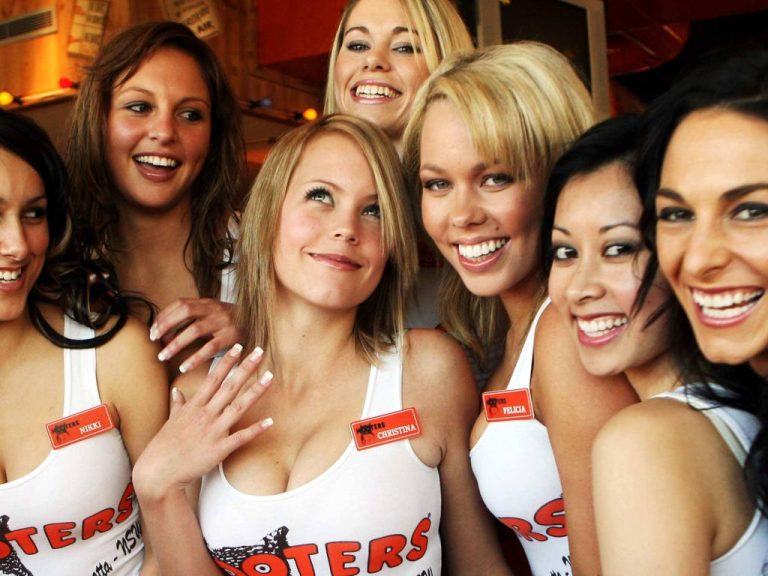Strength to strength for Brisbane industrial market

Total vacant space in Brisbane’s industrial market has fallen for the fourth consecutive quarter and is now down by more than 10% compared with a year ago.
According to the latest Industrial Vacancy Analysis research report from Knight Frank, Brisbane industrial vacancies have fallen by 2.3% over the last quarter.
Knight Frank group director of research and consulting, Matt Whitby, says the market is continuing to fight back.
Turnaround: Green shoots of growth continue in industrial market
“For the fourth consecutive quarter the Brisbane market recorded a fall in vacancy, bringing the total down by 10.9% over the past year to 621,616sqm,” Whitby says.
“The sustained fall in vacancy has brought some confidence to the market, however further backfill space and speculative developments are expected to continue to provide many options for occupiers.”
According to Whitby, Brisbane has a lower allocation of available prime space than other east coast markets, with Brisbane’s prime availability sitting at 43% of the total, compared to 70% in Sydney.

Brisbane industrial property continues to experience strong leasing demand.
Whitby says the absorption of space has continued to be skewed towards prime accommodation, accounting for 58% of take-up in Brisbane over the 12 months to July.
Knight Frank’s joint head of industrial for Queensland, Mark Clifford, agrees.
“While backfill space is expected to continue to provide further prime vacant space over the remainder of 2016, the prime market has clearly dominated take-up,” Clifford says.
“Prime space available has fallen by 25% over the past year, underlining the demand from occupiers to upgrade their accommodation.”
“Developers who have delivered speculative product 5000sqm-plus, with high quality inclusions such as loading docks, 10m-plus internal height and generous truck circulation, have been rewarded with commitments from quality tenants.”

Queensland’s industrial market is fighting on.
Joint head of industrial for Queensland, Chris Wright, adds: “In contrast the secondary market has remained relatively weaker, with available space increasing by 9.9% over the past year and now accounting for 57% of all available space.”
Meanwhile, Knight Frank head of industrial, Greg Russell, says the trend for companies to consolidate and upgrade their accommodation to access operational efficiencies is a major driver for the speculative market.
However, as at July 1, there was only 12,572sqm of speculative space under construction in Brisbane.
“Speculative space remains sought after by occupiers, with a relatively low price differential between new and existing stock,” Wright says.
“Currently accounting for 13% of the vacant space, construction starts during the third quarter are expected to boost the prime stock levels again.”







